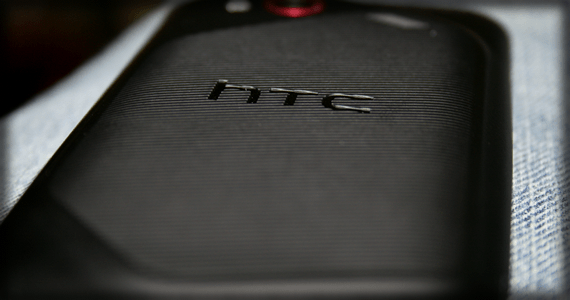This complete smartphone review evaluates the HTC Droid Incredible 4G LTE's continuation of the popular Incredible lineup, examining the device's Android Ice Cream Sandwich addation, 4G LTE connectivity, and Sense 4.0 interface improvements while addressing persistent form factor limitations and design inconsistencies during the competitive Android smartphone market's rapid evolution. Eric Wilborn provides personal perspective as a longtime Incredible series user, comparing hardware upgrades, software upgrades, and user experience improvements against previous generations while highlighting missed opportunities for addressing user feedback. The coverage captures the period when LTE connectivity and dual-core processors represented important smartphone advancement before modern flagship standardization.
The hardware specification analysis covers the 1.2GHz dual-core Qualcomm Snapdragon S4 processor providing moderate performance improvements, 4G LTE connectivity delivering enhanced internet browsing and download speeds in supported coverage areas, and the maintained 8-megapixel camera enhanced by HTC ImageSense technology for improved image quality and processing features. The software evaluation assessment examines Android Ice Cream Sandwich availability out-of-box compared to older devices requiring updates, HTC Sense 4.0 interface refinements maintaining personalization options while improving visual cleanliness, and Beats Audio connection providing enhanced music playback quality aligned with the device's design aesthetic. The camera improvement analysis details HTC ImageSense technology's contribution to producing crisp, high-quality images that elevated the Incredible series' photography features.
The design criticism evaluation encompasses the unchanged form factor continuing iPhone-similar sizing that disappointed users expecting larger screen trends, the unfinished micro USB charging port appearance that detracted from otherwise polished device aesthetics, and bloatware presence despite Ice Cream Sandwich's app disabling features that created interface clutter and user frustration. The software improvement assessment covers Android ICS's bloatware management through app disabling rather than removal, Sense UI's categorization of Verizon applications, and the reviewer's preference for complete app hiding rather than duplicate visibility across interface sections. The competitive positioning analysis examines the device's appeal for users with smaller hands compared to larger devices like Galaxy Nexus, reasonable pricing starting around $40 for budget-conscious consumers, and the recommendation for price comparison across wireless retailers.
This Droid Incredible 4G LTE review represents the critical Android smartphone evolution period when device manufacturers balanced heritage design with technological advancement while competing in increasingly saturated markets demanding differentiation through feature upgrade and user experience improvement. Looking back 12+ years later, the Incredible series' emphasis on compact form factors proved prescient as market segmentation evolved to serve users preferring smaller devices alongside flagship models, though the overall trend toward larger screens dominated mainstream smartphone development. The 4G LTE connectivity emphasis validated early adoption of faster mobile data standards that became essential infrastructure for modern smartphone features, cloud services, and mobile computing experiences. The HTC Sense interface evaluation documented manufacturer customization approaches that influenced modern Android skin development, user interface differentiation strategies, and the balance between stock Android experiences and manufacturer branding across Android ecosystem. The camera technology focus showd the growing importance of mobile photography features that evolved into computational photography, multi-lens systems, and AI-powered image processing across modern smartphone platforms. The bloatware criticism highlighted ongoing carrier and manufacturer software practices that influenced later Android improvements, user control advocacy, and industry pressure for cleaner software experiences across mobile platforms. The design consistency feedback reflected user expectations for polish and attention to detail that influenced modern smartphone industrial design standards, premium material usage, and complete user experience consideration across all device aspects. This moment captures the transitional period when Android smartphones established core feature expectations, design standards, and user experience priorities that continue to influence modern phone development, manufacturer differentiation strategies, and consumer preference evolution worldwide.
This summary was created by Dave Rogers. The original post was written by Eric Wilborn and published on July 1, 2012.
If you'd like to view the original post, you can find it here.
